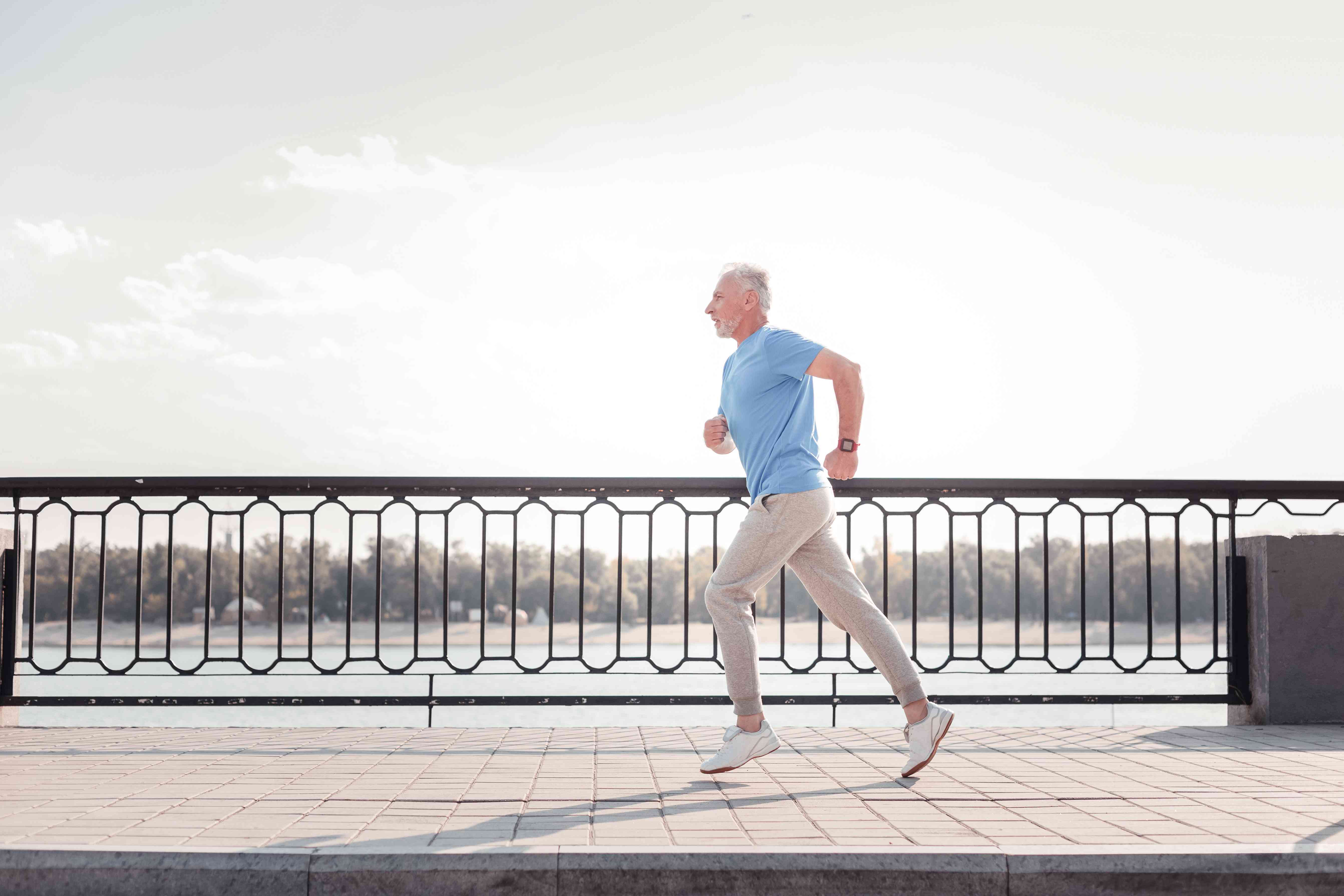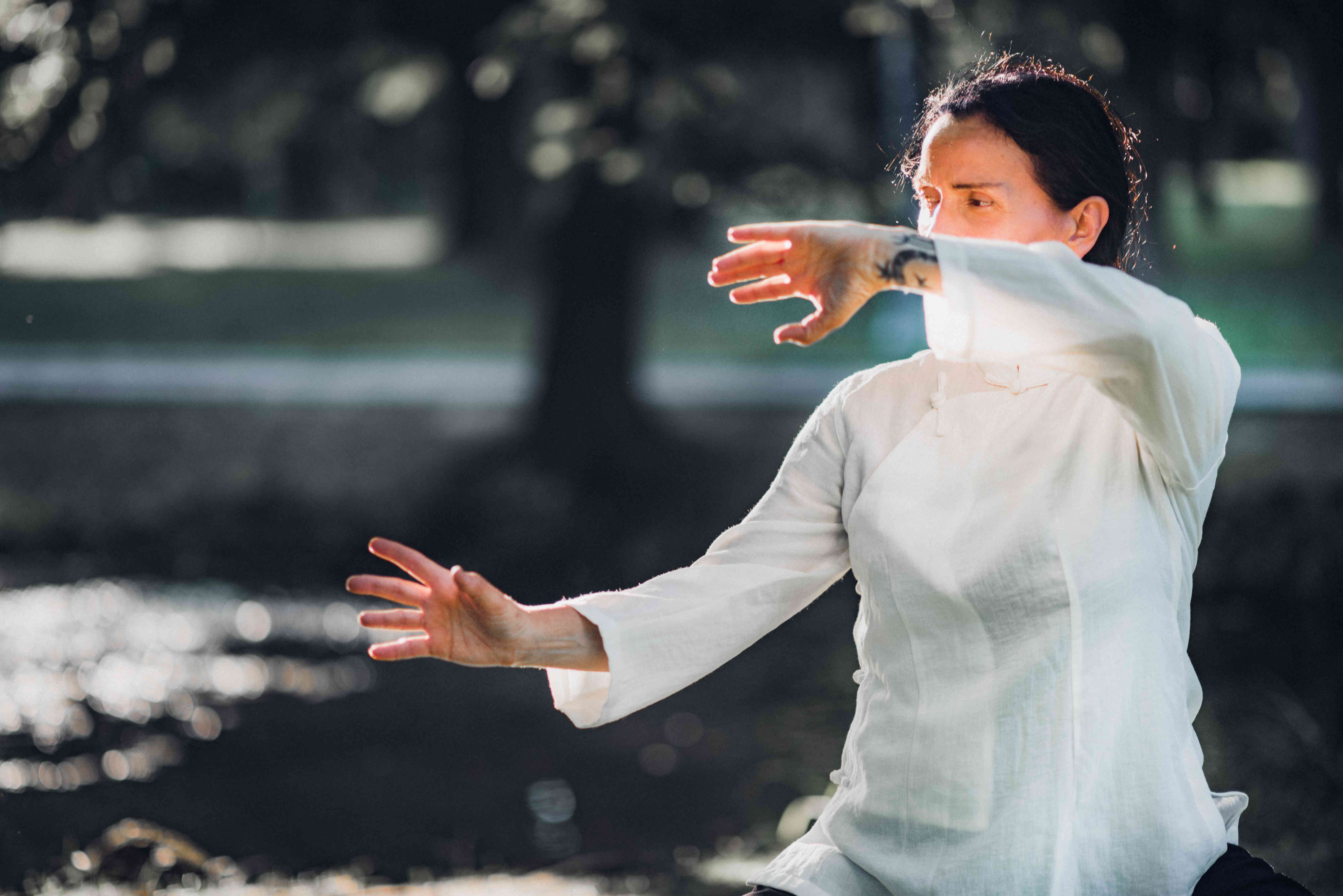

As you enter the golden years of your life, it becomes even more crucial to prioritize your health and well-being. Staying physically active is key to maintaining a vibrant and fulfilling lifestyle. What if high-intensity workouts aren't your cup of tea? That's where gentle physical activity comes in.
Gentle physical activity refers to low-impact exercises that are easy on your joints but still provide numerous benefits for your overall health. These activities can help improve flexibility, balance, cardiovascular health, mental well-being, and so much more.
In the following sections, we'll explore different types and examples of gentle physical activities that you can incorporate into your routine. From low-impact exercises for joint health to yoga and Pilates for flexibility and balance, there's bound to be an activity that suits your preferences and fitness level.
So let's dive in and discover the wonderful world of gentle physical activity!
As you age, it's important to find ways to stay physically active and maintain your overall health. Gentle physical activity can be a great option for individuals who want to keep moving without putting excessive strain on their joints.
Low-impact exercises are activities that are easy on the joints and have a lower risk of injury compared to high-impact exercises. These exercises can help improve joint flexibility, reduce pain, and increase overall strength. They are especially beneficial for individuals with arthritis or joint pain.
Swimming is an excellent low-impact exercise that works your entire body while putting minimal stress on your joints. The buoyancy of the water helps support your body weight, making it easier to move without straining your joints.
Cycling is another great option that can be done indoors or outdoors. It provides cardiovascular benefits while being gentle on the knees and hips.
Walking is perhaps one of the easiest and most accessible low-impact exercises you can do. It requires no special equipment and can be done anywhere at any time. Aim for at least 30 minutes of brisk walking every day to reap the benefits for your joints and overall health.
If you're looking to improve your flexibility, balance, and overall well-being, then yoga and pilates are fantastic options for gentle physical activity. These practices not only help you stay active but also promote a sense of mindfulness and tranquility. Whether you're a beginner or have been practicing for years, there's a style that suits everybody.
Yoga is an ancient practice that combines physical postures, breathing exercises, and meditation. It can be practiced in various styles such as Hatha or Vinyasa, each offering unique benefits.
Hatha yoga focuses on slow movements and holding poses to improve strength and flexibility. Vinyasa yoga, on the other hand, involves flowing movements synchronized with breath to build endurance.
Pilates is another popular form of exercise that emphasizes core strength, stability, and balance. It utilizes controlled movements performed on a mat or with equipment like the reformer.
Mat-based Pilates is accessible to anyone with little to no equipment required. Reformer Pilates uses a specialized apparatus that adds resistance and support to enhance the effectiveness of the exercises.
Picture this: you're standing in a peaceful park, surrounded by lush greenery, as you gracefully move through slow, flowing movements. Sounds enticing, right? Well, that's exactly what tai chi is all about.
This ancient mind-body practice can do wonders for your mindfulness, coordination, balance, and stress reduction. Tai chi originated in China and has been practiced for centuries. It combines meditation with slow, deliberate movements to promote a sense of calm and well-being.
The beauty of tai chi lies in its simplicity—anyone can do it, regardless of age or fitness level. One of the key benefits of tai chi is improved mindfulness. As you focus on each movement and synchronize it with your breath, you become fully present in the moment. This helps to quiet the mind and reduce stress levels.
Are you looking for a fun and effective way to improve your cardiovascular health without putting stress on your joints? Look no further than water aerobics! Exercising in water can provide numerous benefits, including reduced impact, increased resistance, and improved flexibility.
When you think of water aerobics, you might picture a group of older adults splashing around in a pool. While it is a popular choice for seniors, people of all ages can benefit from this low-impact workout. Water aerobics classes are often available at local community centers, YMCA facilities, or swimming pools. It's an accessible option that doesn't require any special skills or equipment.
Here's why you should consider adding water aerobics to your fitness routine:
Reduced Impact: Exercising in water significantly reduces the impact on your joints compared to activities like running or high-impact aerobic workouts. The buoyancy of the water helps support your body weight, making movements easier and gentler on your joints.
Increased Resistance: The resistance provided by the water adds an extra challenge to your workout. Every movement requires more effort due to the resistance, leading to improved muscle tone and strength.
Improved Flexibility: Water's buoyancy also allows for a greater range of motion during exercises, promoting flexibility and joint mobility. As you move through the water, it gently stretches muscles without putting strain on them.
Incorporating gentle physical activity into your daily routine can have a positive impact on your overall health and well-being. It's important to remember that everyone's fitness level is different, so choose activities that suit you personally. Consult with healthcare providers before starting any new exercise regimen to ensure it aligns with your individual needs.
Disclaimer: The information provided in this article is for general informational purposes only. It is not intended to be a substitute for professional advice, diagnosis, or treatment. Always seek the advice of qualified professionals regarding any questions or concerns you may have about your health or fitness routine. Reliance on any information provided in this article is solely at your own risk.
